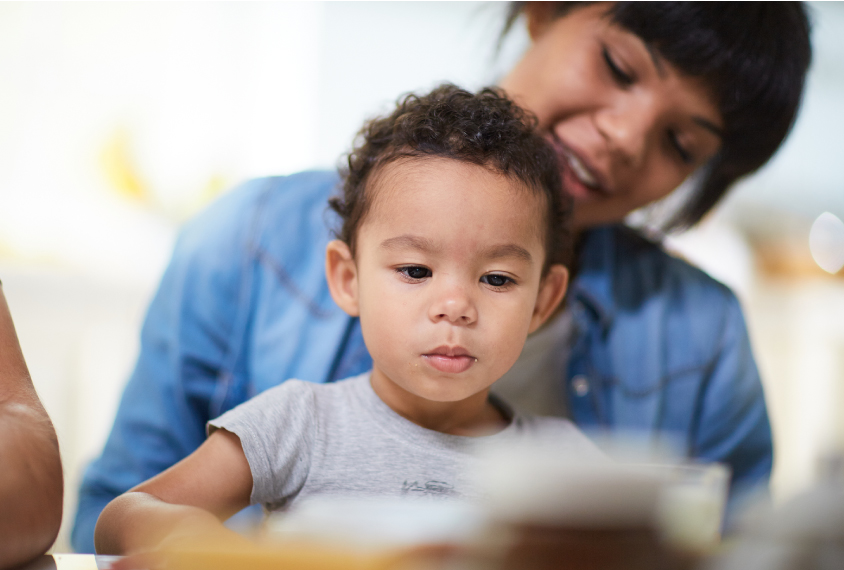
Oral test successfully screens Latino toddlers for autism
Asking parents autism screening questions orally instead of in writing may capture more young Latino children who have the condition.
Asking parents autism screening questions orally instead of in writing may capture more young Latino children who have the condition. The unpublished results were presented yesterday at the 2017 International Meeting for Autism Research in San Francisco, California.
The Upper Cardozo Health Center in Washington, D.C., serves a large Latino population, which its clinicians have had difficulty screening for autism. In the year before the study, the health center screened less than 10 percent of the Latino toddlers who came in for well-child visits. None were ultimately flagged for autism.
Upper Cardozo officials were aware they were not reaching Latino children, says Bruno Anthony, deputy director of Georgetown University’s Center for Child and Human Development, who led the study. “And they felt like there were lots of things standing in the way,” he says.
One problem was that parents often misunderstood the written questions, even when translated into Spanish. And some of the parents couldn’t read.
Written questionnaires designed for English speakers may be mystifying to Spanish-speaking parents or those for whom English is a second language, Anthony says. Even translations can miss linguistic or cultural differences. So Anthony and his colleagues developed a revised oral version of a standard autism screening test, the Modified Checklist for Autism in Toddlers (M-CHAT), for this population.
Between 2012 and 2014, trained multilingual interviewers administered the oral M-CHAT to 90 percent of the parents who brought their children to the health center. They screened about 1,400 children for autism, 90 percent of whom are Latino.
Many of the interviewers have a child of their own with autism or another developmental condition. So they could give examples or more context if parents had trouble answering a question. (Clinicians and the health center’s largely Spanish-speaking medical staff took over the interviews in the last few months of the 18-month study.)
The screening flagged 4 percent of the toddlers between the ages of 18 and 30 months for autism. The researchers didn’t determine how many eventually received an autism diagnosis.
Trust issues:
In addition to experiencing language and cultural barriers, some parents were concerned about how medical staff might use their child’s information.
“One of the real lessons to learn about this kind of work is, you can’t just come in and say, ‘We’re going to do this screener and everything is going to work fine,’” Anthony says. Instead, staff need to address parents’ worries about how their answers will be used or what happens if their child is flagged for autism. “People have trust issues,” he says.
Addressing the needs of Spanish-speaking families can also help these families become more engaged and informed, says Allison Ratto, a clinical psychologist at the Center for Autism Spectrum Disorders at Children’s National Health System in Washington, D.C.
Ratto also presented her findings yesterday at the conference. Her team gave low-income Latino parents a weekend option for meetings about an in-school autism therapy their children received. The researchers also translated materials into Spanish.
“Rather than just reaching out to them, we actually made changes to how we delivered the information,” Ratto says.
As a result of this outreach, the Latino parents were just as likely as wealthier non-Latino parents to attend these parent meetings. And the Latino parents rated their child’s therapy more favorably — giving it a score of 3.71 out of 4 — than non-Latino parents, who gave the therapy a 3 on average.
For more reports from the 2017 International Meeting for Autism Research, please click here.
Recommended reading

Expediting clinical trials for profound autism: Q&A with Matthew State

Too much or too little brain synchrony may underlie autism subtypes
Explore more from The Transmitter

Mitochondrial ‘landscape’ shifts across human brain

